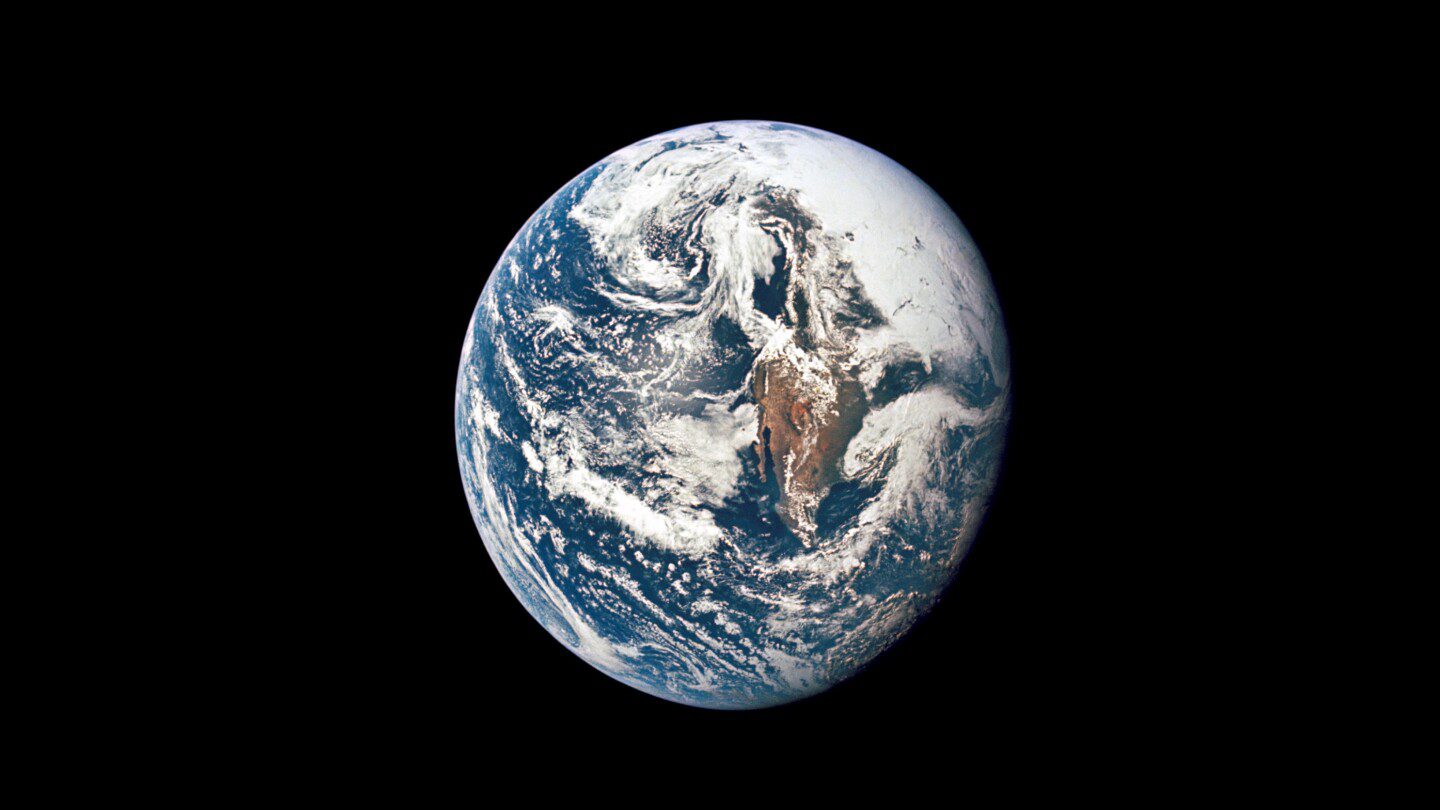
CAPE CANAVERAL, Fla. (AP) — The recent identification of a newly found asteroid has slightly increased concerns, prompting astronomers worldwide to monitor its trajectory. However, the likelihood of a collision remains extremely low.
Updated assessments indicate that there is a 2% chance that the asteroid, dubbed 2024 YR4, might collide with Earth in 2032. This means there’s a 98% chance it will pass by safely. As astronomers gather more information about the asteroid’s solar orbit, these probabilities will fluctuate, and there is a strong possibility that the risk could eventually be reduced to zero.
NASA, along with the European Space Agency’s Webb Space Telescope, plans to observe this near-Earth asteroid in March before it becomes too distant to track. After that, scientists will have to wait until 2028 for another opportunity to study it.
Understanding Asteroids
Asteroids are smaller celestial bodies that orbit the sun and are significantly less massive than planets. Scientists believe these remnants date back to the formation of our solar system around 4.6 billion years ago.
Within the region between Mars and Jupiter lies a vast array of asteroids, numbering in the millions, collectively known as the main asteroid belt. Occasionally, some of these asteroids are propelled out of the belt, leading to unpredictable trajectories—much like the current case.
How Scientists Monitor Potentially Hazardous Asteroids
The asteroid 2024 YR4 was spotted in December by a telescope based in Chile. Its size is estimated to range from 130 to 300 feet (40 to 90 meters) in diameter. NASA expects that observations from the Webb telescope will yield more accurate measurements.
Initially, NASA and the European Space Agency assessed the likelihood of a collision at just over 1%. However, that figure has now risen to approximately 2%. NASA classifies this as “extremely low” risk.
As researchers strive to gain a clearer understanding of the asteroid’s trajectory around the sun, they caution that these estimates will continue to change—potentially dropping to zero.
“You shouldn’t be alarmed. It’s more of a point of scientific interest,” said Larry Denneau, a senior software engineer with the University of Hawaii’s asteroid impact alert system that first detected the asteroid. “Stay calm, allow the situation to evolve, and we’ll arrive at a more certain conclusion.”
In 2021, NASA confirmed that another potentially dangerous asteroid, Apophis, posed no threat for a possible impact in 2068 after new telescope observations assessed it was no longer a concern.
Should We Be Concerned About Asteroid 2024 YR4?
Experts agree that it is far too early to be worried about this asteroid.
“There’s no reason to panic over the increasing impact probability. This is the sequence of events we anticipated,” stated Paul Chodas, director of NASA’s Center for Near-Earth Object Studies, in an email. “We expect the likelihood of an impact to eventually reach zero.”
Given the uncertainty surrounding the asteroid’s size and orbit, it’s challenging to determine where it might land and the potential effects of an impact. Should it be on the smaller side, ESA suggests that any resulting impacts would be localized, similar to the Tunguska event of 1908, which devastated a vast area of forest in Siberia. Conversely, if it is closer to 330 feet (100 meters), the consequences could be significantly more severe.
Chodas elaborated that once the Webb telescope accurately measures the asteroid’s dimensions, NASA can better estimate the severity of a potential impact and the complexities of any deflection efforts needed.
NASA has already undertaken an asteroid deflection experiment, successfully altering the orbit of a harmless asteroid in 2022 using its Dart spacecraft, marking a significant achievement in planetary defense.
___
This report also includes contributions from AP video journalist Mary Conlon.
___
The Associated Press Health and Science Department is supported by the Howard Hughes Medical Institute’s Science and Educational Media Group and the Robert Wood Johnson Foundation. The AP is solely responsible for all content.









